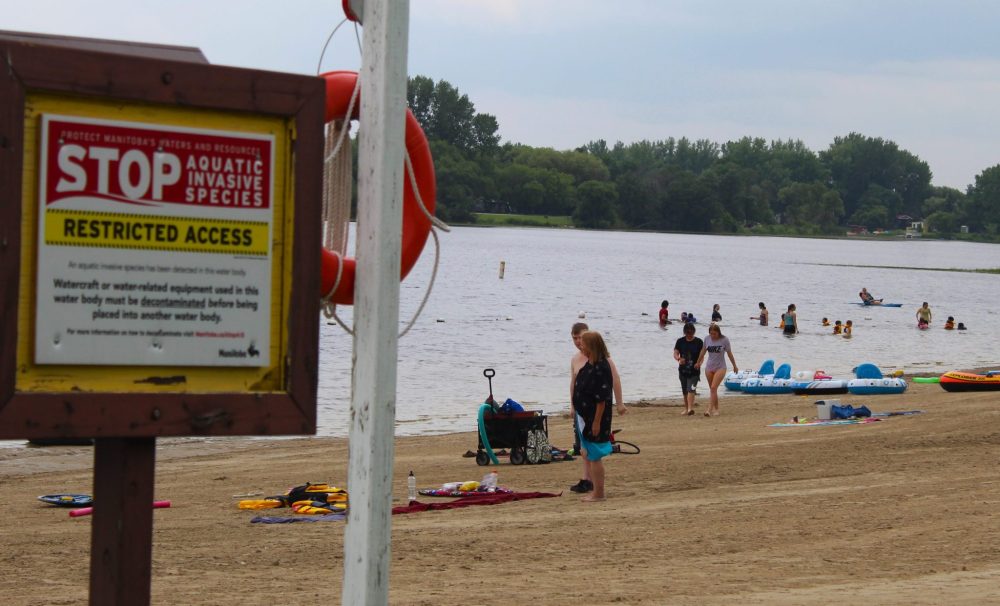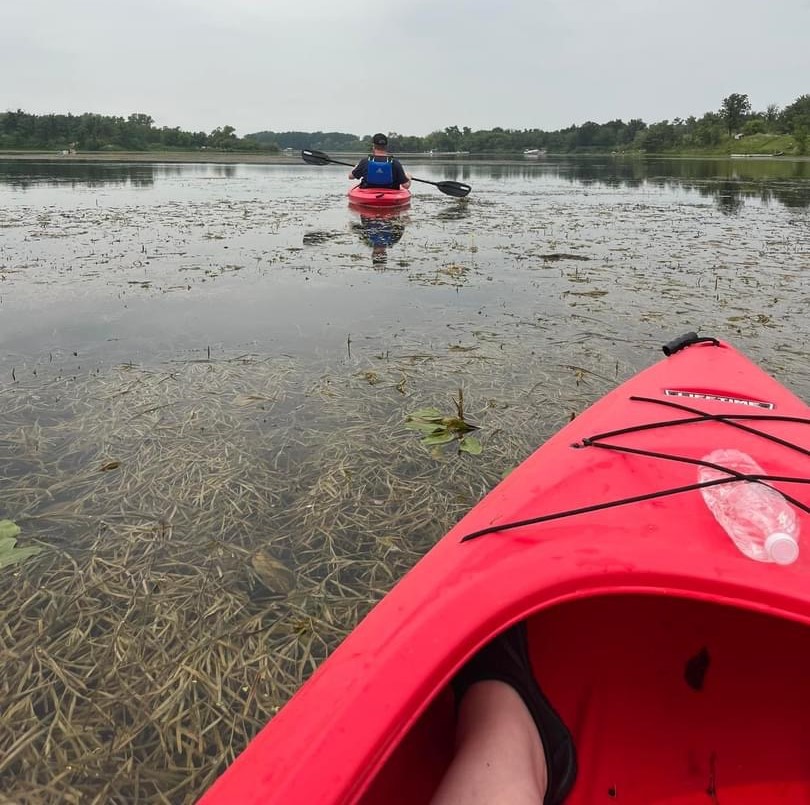Zebra mussels present in St Malo reservoir
Advertisement
Hey there, time traveller!
This article was published 27/07/2024 (199 days ago), so information in it may no longer be current.
Manitoba Natural Resources announced that two positive samples of zebra mussels have been found in the St Malo reservoir as part of their ongoing monitoring program.
That prompted the launch of their Early Detection Rapid Response Plan for aquatic invasive species.
That means signage is being placed around the reservoir to outline the requirements that must be followed to decontaminate watercraft and water-related equipment to prevent the spread of zebra mussels.

Manitoba Conservation is also monitoring the area for compliance with these requirements and providing education.
While the reservoir is not used by gas-powered motorized watercraft it is home to canoes, kayaks, paddleboards and other recreational flotation devices.
The province said there are rules in place.
“When leaving a water body, Manitobans must clean, drain and dry both motorized and non-motorized watercraft, including power boats, jet skis, sailboats, stand-up paddleboards, canoes and kayaks as well as all water-related equipment including watercraft trailers, fishing gear, water pumps, personal flotation devices including life jackets, paddles and anchors, beach toys such as sand pails and shovels, floating devices and inflatables such as tubes, rafts, water mats and hunting decoys and scuba and snorkeling gear,” the press release stated.
Watercraft inspection stations are set up throughout Manitoba to help water users be compliant with requirements. Anyone transporting any type of watercraft must stop at all open watercraft inspection stations along their route or face a fine of $672.

Zebra mussels were first found in Manitoba, in Lake Winnipeg in 2013.
Since then, they have been found in the Red River, Cedar Lake, Assean Lake, Lake of the Woods, Nelson River, Echimamish River, Lake Manitoba and Clear Lake in Riding Mountain National Park.
The small freshwater mollusk is native to Europe and Asia, and according to a provincial website, were brought to North America into the Great Lakes through the discharge of contaminated cargo ship ballast water in 1986.
Zebra mussels reproduce quickly with an adult female zebra mussel able to produce up to one million eggs annually.
They consume algae, which is the base of the aquatic food chain and can impact fish populations.

They also clog water intake systems, block watercraft engine cooling systems, kill native mussels, are associated with larger and more frequent algae blooms and litter shorelines and beaches with sharp shells.
